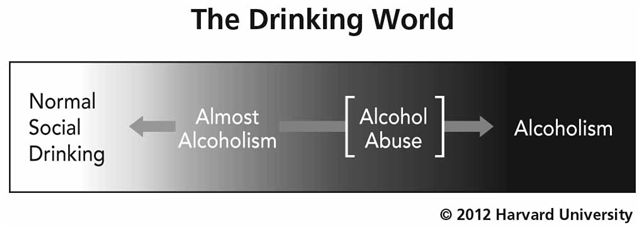
Kentucky has won the national championship and college students across the country are ready to move on to the next big event: Spring Break. And hand-in-hand with the ritual of spring break goes the now ubiquitous tradition of Beer Pong.
Beer Pong: College Fun or Dangerous Game?
Beer Pong is a drinking game, which is defined on Wikipedia as follows:
A drinking game in which players throw a ball across a table with the intent of landing the ball in a cup of beer on the other end. If a ball lands in a cup, then the contents of that cup are consumed by the other team. If the opposing team throws the ball into an empty cup, they must consume the contents of one of their cups. The first side to eliminate all of the opponent's cups is the winner.
Wikipedia also lists the "required skills" for playing beer pong. They include: accuracy, eye-hand coordination, most importantly, alcohol tolerance.
If you Google "beer pong" you will also discover that there are "official" rules and regulations for the game, published by The National Beer Pong League. Included are rules for "tournament structure," "equipment," and "playing the game."
Sounds like fun, right? Wrong. The truth is that this fun game is nothing more than a clever way to ritualize and sanction binge drinking. And a lot of that will be happening over spring break. And what will be the consequences? Some college students will need to be taken to an emergency room for an overdose on alcohol. But they may be the lucky ones, as it is estimated "that 1,700 college students between the ages of 18 and 24 die each year from alcohol-related injuries, including motor vehicle crashes."
Thanks to an encouraging attitude toward this kind of "fun" drinking, many young men and women will build their tolerance for alcohol -- a "necessary skill" for success at beer pong. It is also, however, one of the criteria needed to diagnose a person as an alcoholic.
Of course, not all students who engage in beer pong over spring break will go on to become alcoholics (though some of them surely will). Of greater concern may be how such socially sanctioned activities can help move large numbers of young men ad women into an area called the almost alcoholic zone that is depicted in the diagram below. And quite a few of them may stay there well into adulthood. They are not alcoholics -- but neither are they occasional social drinkers.
While almost alcoholic drinking does not qualify an individual for a formal diagnosis, it is not problem-free. Consider, for example, that the brain continues to grow throughout adolescence and young adulthood. According to the National Institute on Alcohol Abuse and Alcoholism, studies have shown that the area of the brain called the hippocampus, which is involved in memory and learning, is smaller in those youths who began drinking at an earlier age. So it is entirely possible that some of the beer pong enthusiasts may be unwittingly setting themselves up for cognitive disorders later in life. Sadly, they may never "connect the dots" and see the relationship between their beer pong tournament days and the problems with concentration or memory they may later experience in the workplace.
For more information visit www.TheAlmostEffect.com or read Almost Alcoholic: Is My (or My Loved One's) Drinking a Problem?
